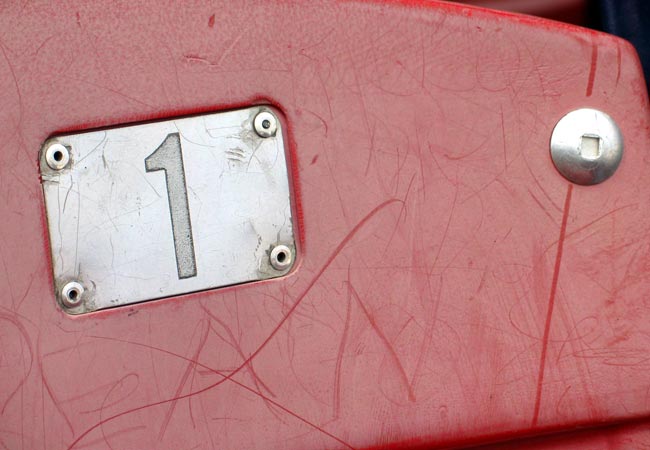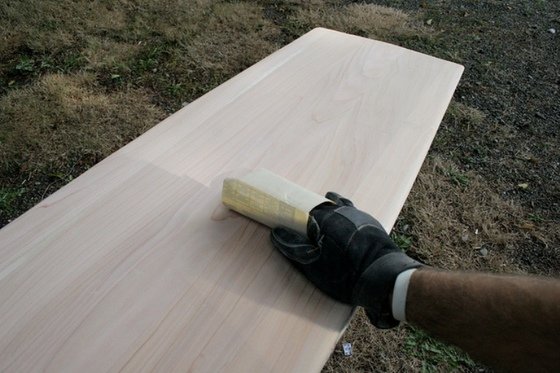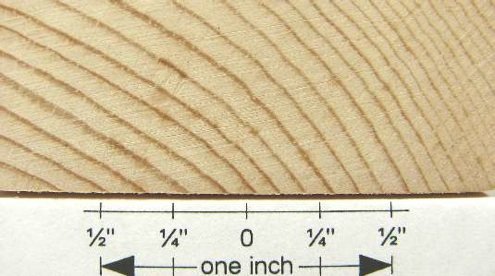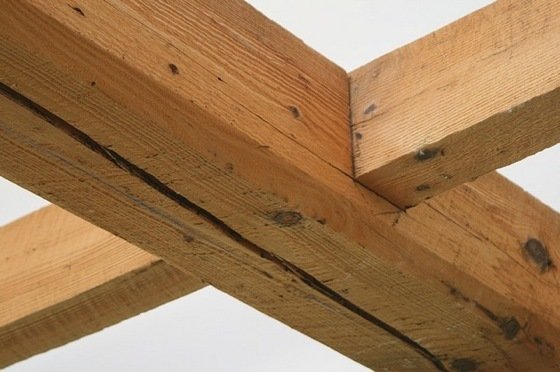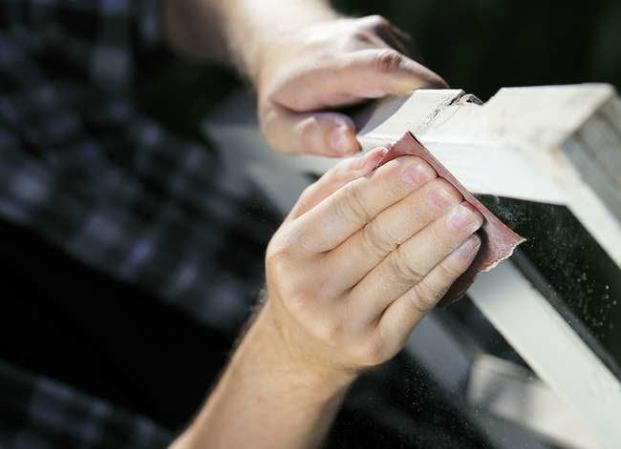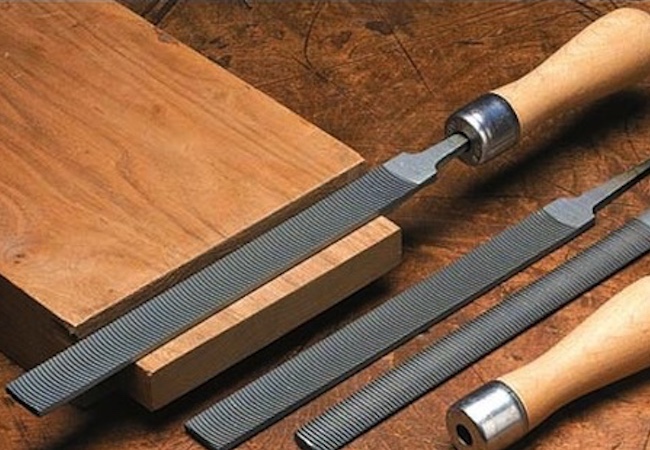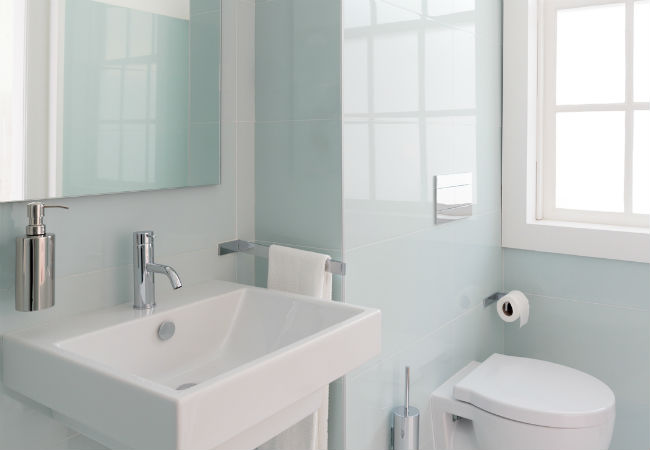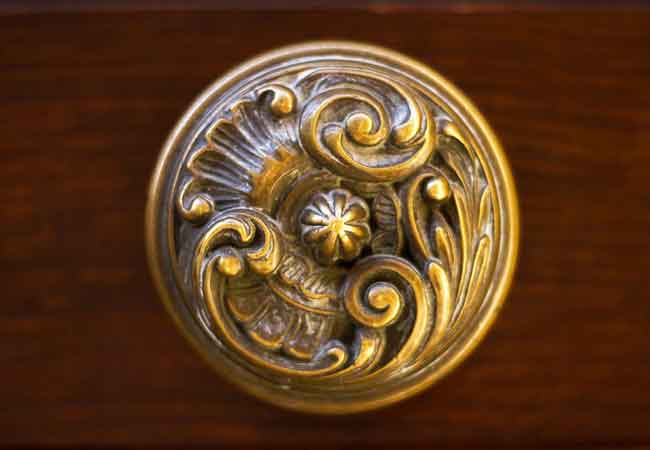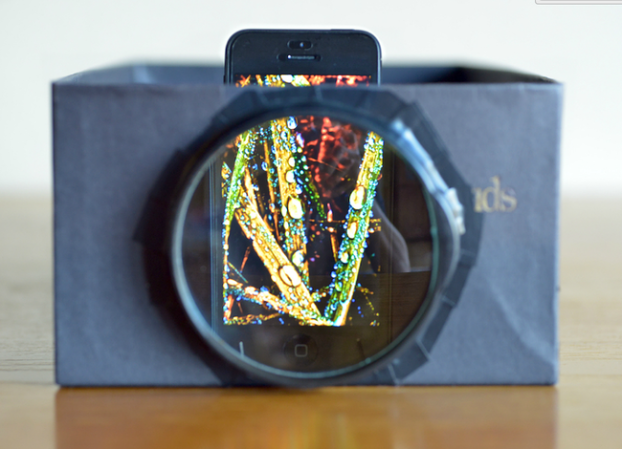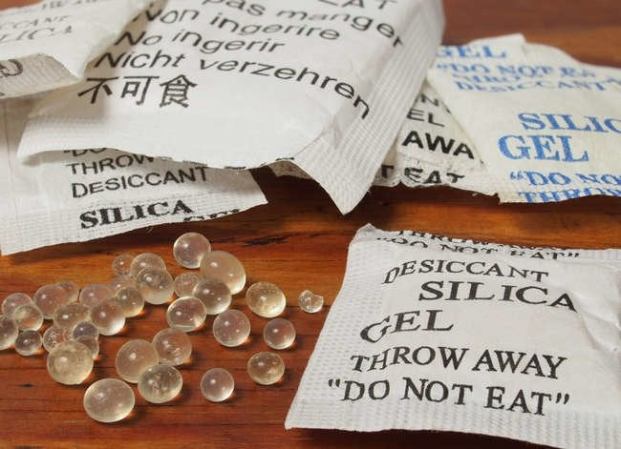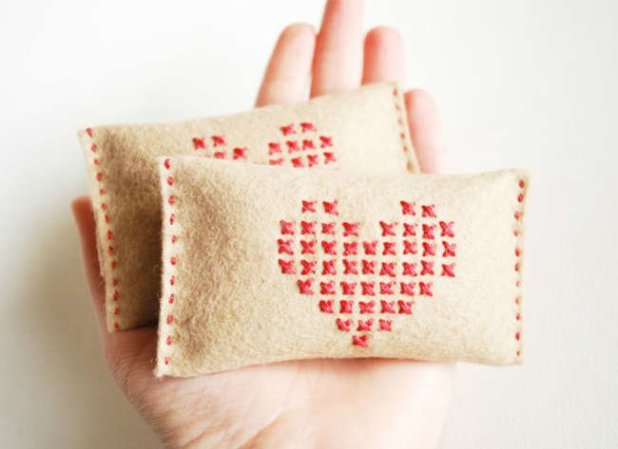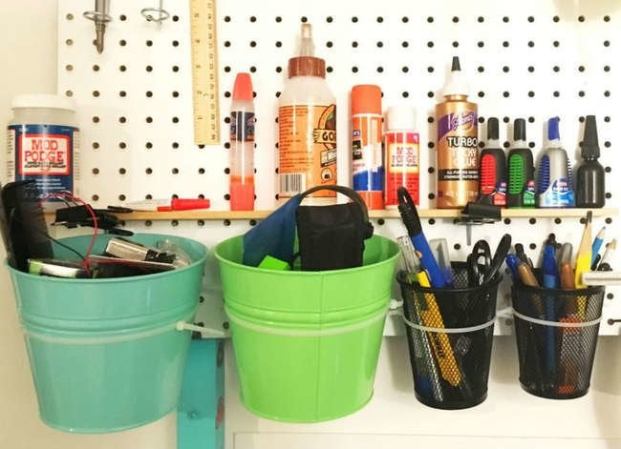We may earn revenue from the products available on this page and participate in affiliate programs. Learn More ›
Any plastic—windows, headlights, patio furniture, and more—is susceptible to scratches as a result of normal wear and tear. An occasional shallow mark can go unnoticed, but over time they’ll add up and leave your plastic possession looking quite worn out.
Fortunately, it’s possible to banish such blemishes with a little elbow grease and a few household supplies as easy to find as opening up a medicine cabinet. (Hint: We’re talking plain old toothpaste!)
It’s important, however, to proceed with caution: Use the wrong technique, and you could dull the finish or create more scratches, worsening the problem. The goal is to break down the plastic just enough to even out the scratch and restore a seamless surface. So rather than trash those plastic items, get them looking good as new again with our tips for how to remove scratches from plastic.
Tools & Materials
Bobvila.com may earn a commission from purchases made through these links.
- Metal or plastic polishing compound
- Rubbing alcohol
- Cotton balls
- Dish soap
- Baking soda
- Cotton rags
- Toothpaste
STEP 1: Scrutinize the scratches.
The depth of a scratch dictates how to remove it. Generally, if you run your fingernail over the scratch and the nail doesn’t hook, it’s shallow enough to be successfully treated with light abrasives, such as toothpaste or baking soda. If the nail does catch, however, it’s a deeper scratch that will require a series of passes with a super-fine grit wet sandpaper.
STEP 2: Get it squeaky clean.
Before buffing, clean the plastic surface thoroughly so any loose debris doesn’t further scratch the plastic. Use warm water and a few drops of dish soap, or a small amount of rubbing alcohol applied on a clean cloth or cotton round.
Proceed to the next step if your scratches are pretty light or skip straight to Step 4 if you’re attempting to buff out a bit of a gouge.
STEP 3: First buff using a mild abrasive, like toothpaste or baking soda.
The silica in toothpaste may be just abrasive enough to touch up minor scratches. Squeeze out just enough to cover the scratch and, working in small circles with a cotton round or clean, dry cotton cloth, buff until the surface begins to even out. Rinse residue with water and examine your work; it may take a few applications and up to 10 minutes of elbow grease before you get the results you want.
Don’t want to waste toothpaste? Combine equal parts water and baking soda to create a thick paste and apply with a cotton round or cloth, working in into the scratch with gentle, circular motions. Rinse periodically to check your progress, repeating until you’ve completely removed the scratch.
RELATED: 10 Ingenious Home Uses for Baking Soda
If neither toothpaste nor baking soda has done the trick, move on to wet sandpaper.
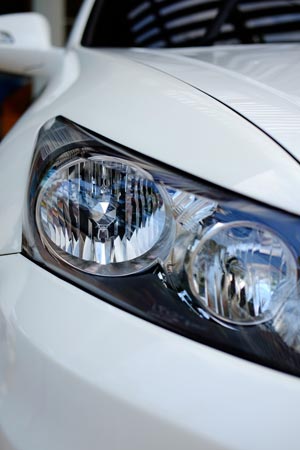
STEP 4: Wet sand for deeper scratches.
Wet sanding slowly levels out the surface of the plastic with a bit more force than toothpaste or baking soda, making it ideal for deeper scratches. Moisture keeps material from building up in the sandpaper, preventing further scratches from marring the plastic.
Soak a piece of 800-grit wet/dry sandpaper in water for several minutes until saturated. Use a gentle, circular motion to sand the area, making sure not to apply too much pressure or you could introduce new scratches. Rinse between passes and re-wet the sandpaper as needed throughout the process.
STEP 5: Go for a finer grit.
If traces of a scratch remain, clean the area again and move on to a 1,000 grit sandpaper (the higher the number, the finer the grit), repeating the circular buffing motion and cleaning after each pass. Continue to use progressively finer-grit sandpaper, up to around 2,000 grit, until the scratch has completely disappeared. When the scratch has been smoothed out, clean the surface again with a damp cloth.
STEP 6: Polish to renew sheen.
After the scratch has been remedied and the surface cleaned, you may notice that the plastic has lost its luster in the working area. To bring back the shine, apply a small amount of either plastic or metal polishing compound, just enough to cover the dull spot, and apply in circular motions with a clean, dry cloth. You may need to repeat the process a few times, but, eventually, the plastic will gleam as good as new again.
